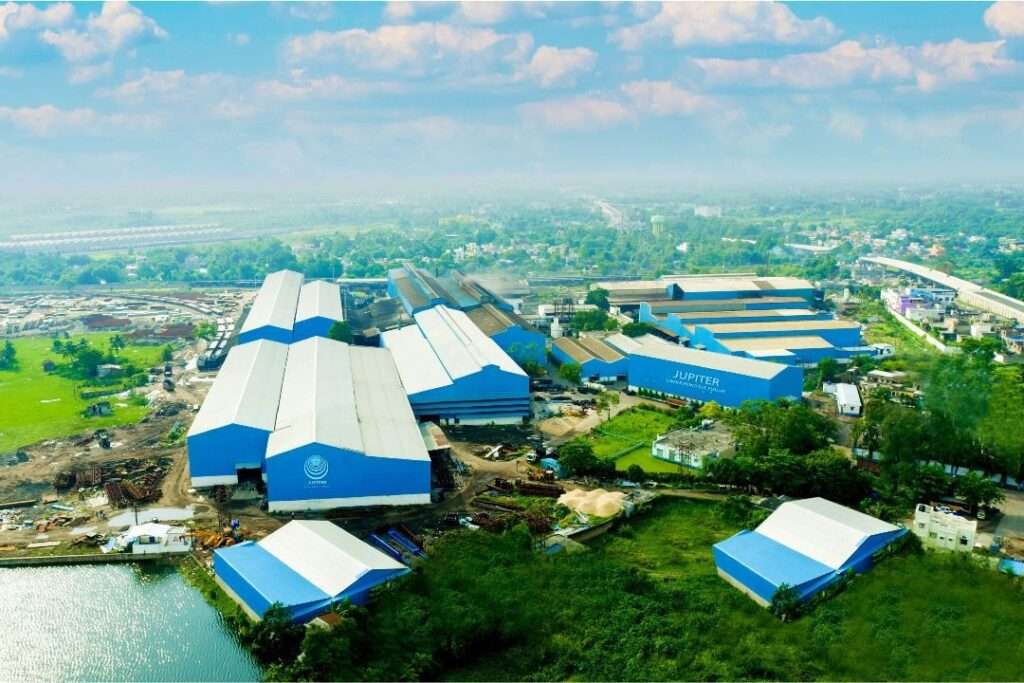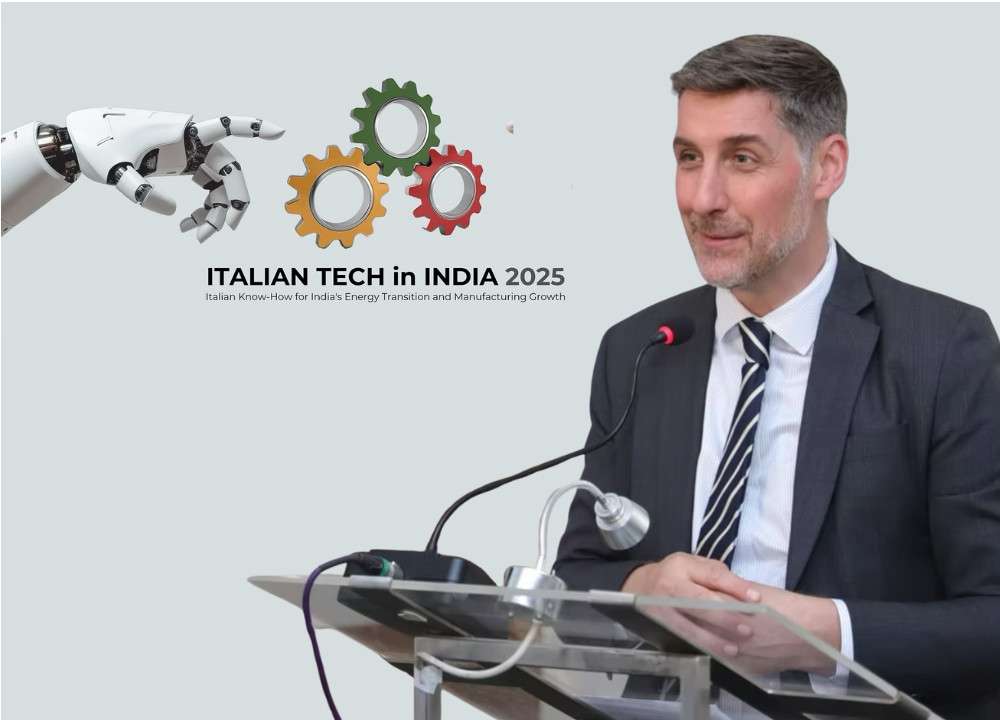Nissan Motor Co., Ltd. is taking decisive steps to enhance efficiency, reduce costs, and strengthen its market position. The company has outlined key measures aimed at making its business leaner, more resilient, and adaptable to industry changes. As part of this effort, Nissan has set ambitious targets for fiscal year 2026.
Nissan President and CEO Makoto Uchida stated, “We are fully committed to our turnaround strategy, targeting cost reductions of approximately 400 billion yen. By optimizing our cost structure and delivering competitive, customer-centric products, we aim to drive sustainable growth with focus and speed.”
Nissan aims to cut fixed and variable costs by 400 billion yen by fiscal year 2026. This will lower its break-even point in the automotive business from 3.1 million units to 2.5 million units, ensuring a stable operating margin of 4%.
Nissan is set to achieve over 300 billion yen in fixed cost reductions through a series of strategic measures aimed at enhancing efficiency. A significant portion of these savings—200 billion yen—will come from optimizing selling, general, and administrative (SG&A) expenses, streamlining operations to improve overall cost management.
Additionally, 100 billion yen in savings will be realized through restructuring production facilities, ensuring a more efficient manufacturing process. Further process improvements in development are expected to contribute 30 billion yen in cost reductions, reinforcing Nissan’s commitment to operational efficiency and long-term financial sustainability.
Workforce optimization includes reducing 2,500 indirect employees through hiring limitations, voluntary separations, and operational streamlining. The company also plans to expand shared service centers by 1,000 positions while optimizing fixed marketing expenses.
Additionally, Nissan will consolidate production lines, adjust shift patterns, and reallocate jobs, reducing headcount by 6,500 across key manufacturing plants in the U.S. and Thailand by FY26. Nissan is streamlining its global production capacity by 20%, reducing output from 5 million units to 4 million units by FY26.
This includes a decrease in China’s capacity from 1.5 million to 1 million units and a reduction in production outside China from 3.5 million to 3 million units. As part of this restructuring, Nissan aims to increase plant utilization from 70% in FY24 to 85% in FY26, ensuring a more efficient and cost-effective manufacturing process.
To drive 100 billion yen in cost reductions, Nissan is adopting a range of efficiency measures. The company will simplify vehicle designs, leading to savings of 60 billion yen, while also reducing parts complexity by up to 70%.
Additionally, Nissan is streamlining its supply chain and warehouse operations to eliminate inefficiencies, further strengthening its cost-saving initiatives. In addition to cost optimization, Nissan is focused on boosting revenue through innovation.
The company is introducing a refreshed vehicle lineup in 2024, featuring models like the Qashqai, Juke, Kicks, Armada, and Murano. Nissan also plans to launch new plug-in hybrid vehicles in FY25 and FY26, alongside an expanded zero-emission EV lineup, which will include a redesigned LEAF and an all-new compact EV.
Nissan’s third-generation e-POWER system will enhance fuel efficiency by 20% while reducing costs. The company also plans to introduce intelligent vehicle features, including next-generation cockpits and autonomous driving capabilities, with a goal of launching driverless mobility services in Japan by 2027.
To enhance decision-making, Nissan will reduce top management roles by 20% and simplify organizational layers. This will create a more agile, globally integrated structure, empowering regional teams to operate efficiently.
Nissan will evaluate its market presence and optimize its product portfolio, prioritizing key platforms and powertrains. The company is also actively exploring new partnerships with its Alliance partners, Honda, and other firms to maximize corporate value. Nissan has already begun implementing these initiatives and will provide further updates within a month.








